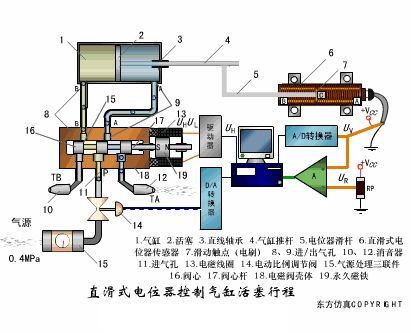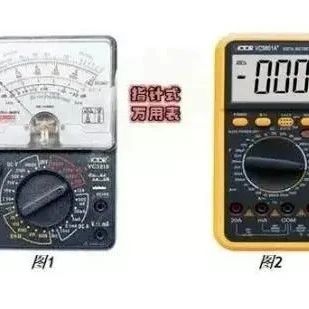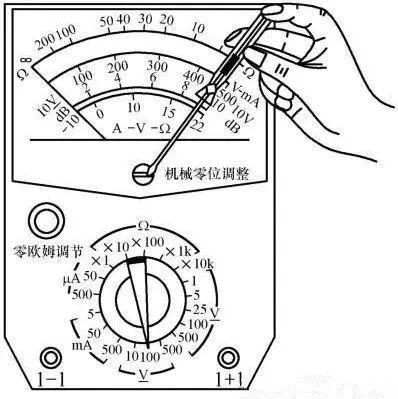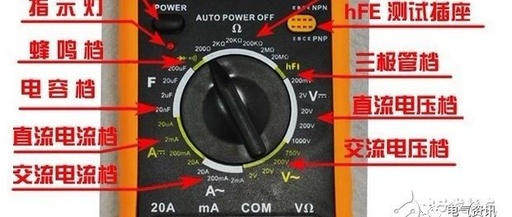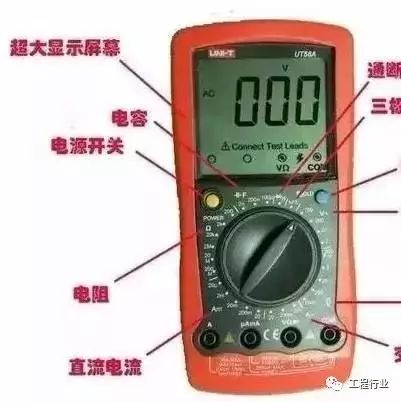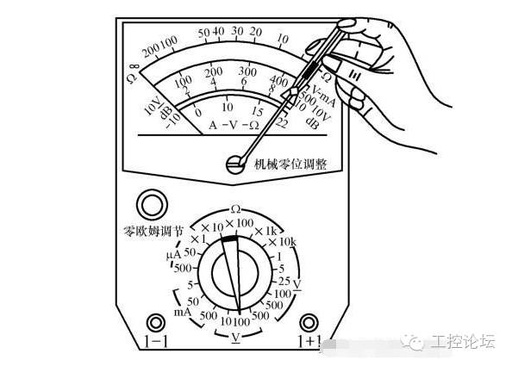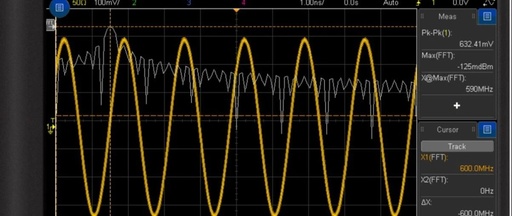Working Principles of Various Sensors Illustrated with Animations
Principle of Fabric Tension Measurement and Control ▼ Linear Potentiometer Control of Cylinder Piston Stroke ▼ Working Principle of Piezoresistive Sensor for Liquid Level Measurement ▼ MQN Type Gas Sensitive Resistor Structure and Measurement Circuit ▼ Working Principle of Bubble Level ▼ Silicon Diffusion Pressure Sensor ▼ Strain Accelerometer ▼ Weighing Level Meter ▼ Electronic … Read more
